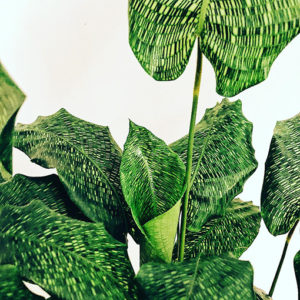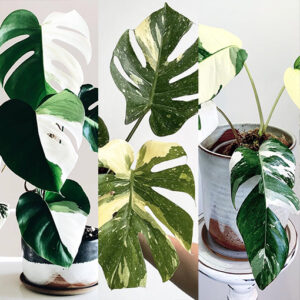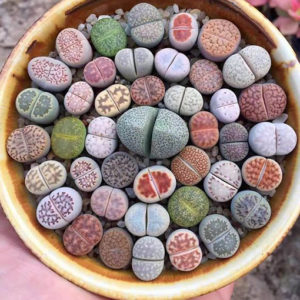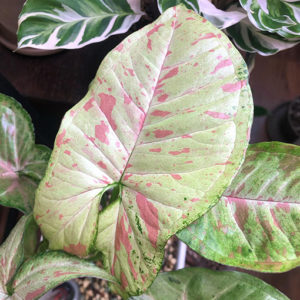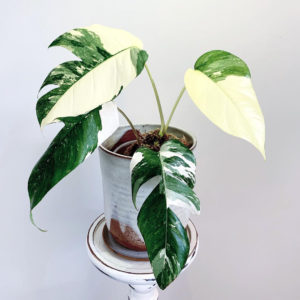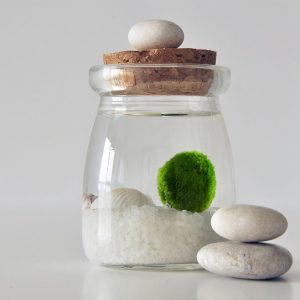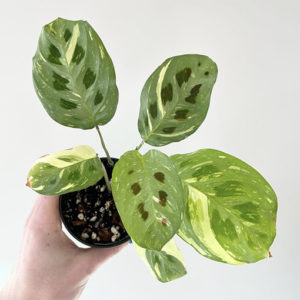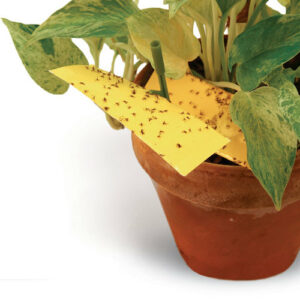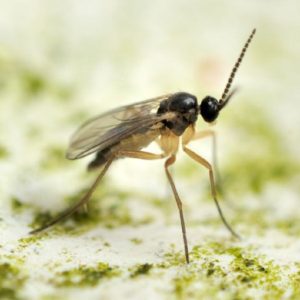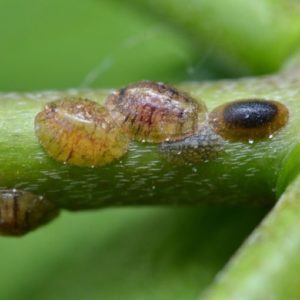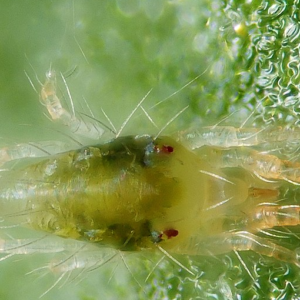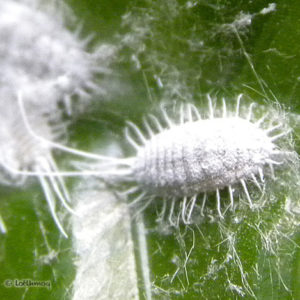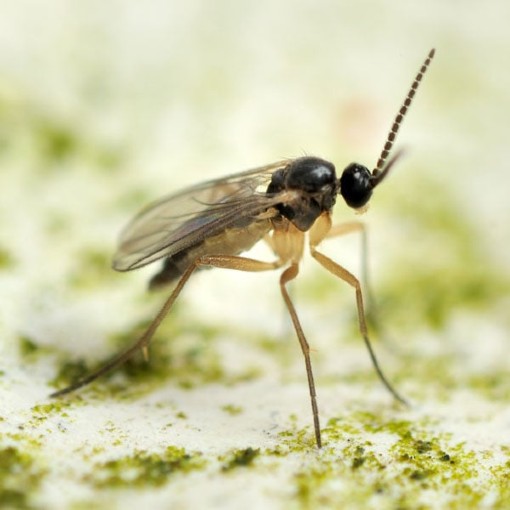
Fungus Gnats will thrive where there’s continuously wet soils and are a common pest infamous for flying in your grill!! With Fungus Gnats as with many other pests,
it’s all out war! 🦟😶💦
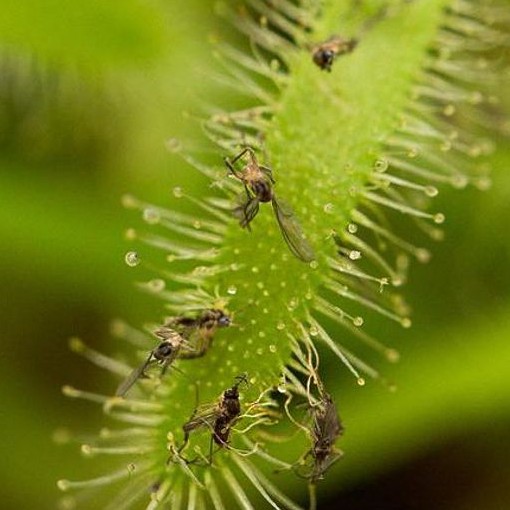
Fungus Gnats Taxonomy
Fungus gnats are flies of the families Sciaridae and Mycetophilidae. They are tiny slender, dark-coloured flies with long antennae.
What are Fungus Gnats? – Biology
Fungus gnat larvae feed on fungus and other organic detritus in the moist surface layers of soil. Once mature, they pupate and then emerge as small dark flies. Adults females lay eggs in the soil and the cycle continues.
Signs & Symptoms – you have a Fungus Gnats infestation
Clouds of small back flies around your houseplants and tiny white worm-like things on the soil surface are the signs of a fungus gnat infestation. While the larvae can feed on and damage roots of the plant when in huge numbers, it is the nuisance factor of clouds of flies that most people want solved.
How to get rid of Fungus gnats Fungus Gnats control
It is inevitable that fungus gnats will appear at some point, whether they arrive in a new plant, come inside with a plant that has spent the summer outdoors or even in a new bag of potting mix. There are a lot of suggestions on the internet from weird to wonderful, many of which do not work. One good option, Bacillus thuringiensis var israelensis, is not available in Australia in packs suitable for the home grower. The bottom line is that long term control of fungus gnats is achieved by suppressing larval populations by making the soil conditions unfavourable to the larvae and by reducing the populations of adults.
-
- Manage the soil moisture: This is the most important and long-term solution to fungus gnats. Allow the surface of the soil to dry down at least 2 cm before watering again. This will dramatically reduce the survival of the larvae in the soil (and probably make your plant happier).
- Repot into fresh mix: This can be useful if the soil is badly overrun with fungus. You will never be able to completely eliminate fungus (nor would you want to) but not only does the fungus provide food for the fly larvae, it can also use the nutrients your plant needs and affect the soil’s ability to absorb water.
- Prevent adult access to the soil: There are abrasive granules available that when laid over the soil in a layer at least 3cm thick, will hinder adult females from reaching the soil surface to lay eggs.
- Control the adult population. Lay sticky traps on the plant pots to catch many adults and reduce egg-laying onto the soil. Cover the soil surface with coir fibre and treat that with a residual surface spray. Adults will contact the insecticide when they run over the surface of the fibre.
- Chemical treatment for larvae:
- A soil drench: A soil drench is a solution of insecticide that you pour onto the soil directly and can be useful to stop a large infestation in its tracks. Neem and other insecticides are options. Check the label for concentrations for drenches, as it will be higher than for a solution you would spray on a plant.
- Residual soil treatment: A formulation of imidacloprid in small granules is available that that you sprinkle on the soil surface to give sustained delivery of insecticide for some weeks..

